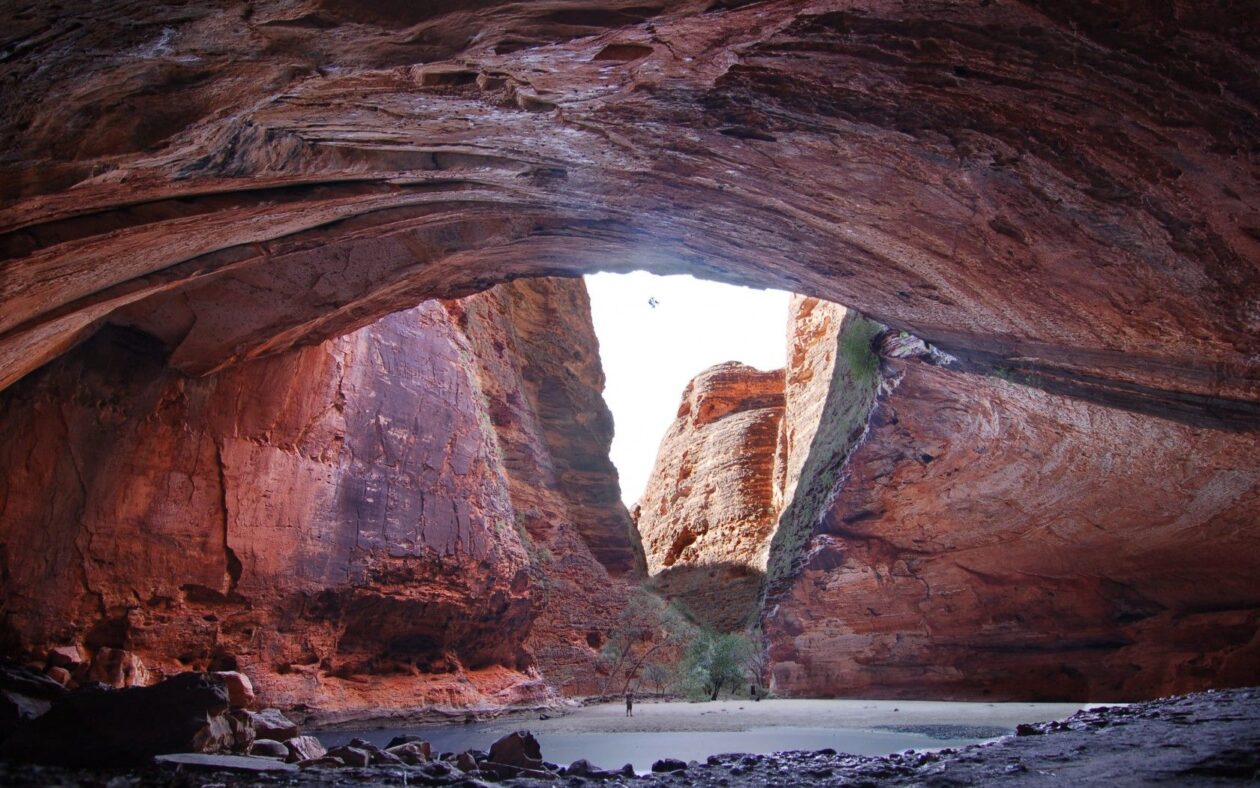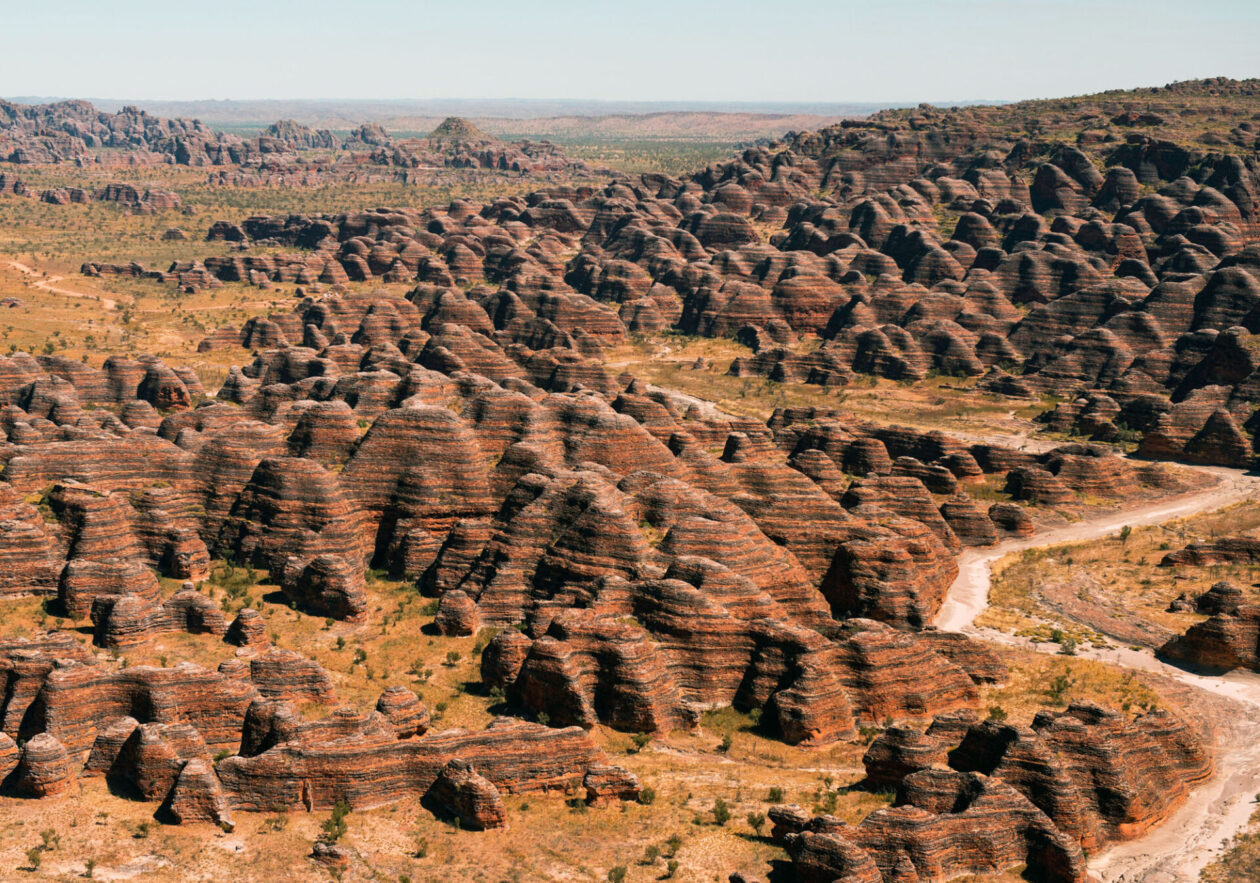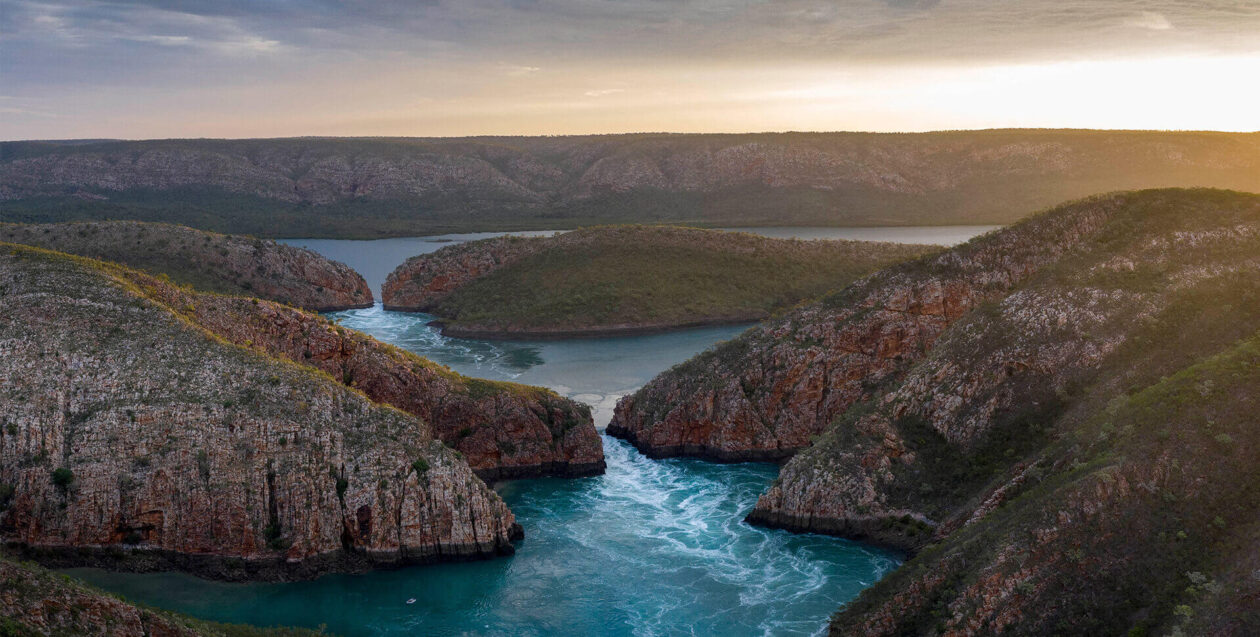- And we’re off — let’s go explore the Australian outback!
- Katherine, Northern Territory
- Kakadu National Park, Northern Territory
- A day in Darwin, Northern Territory
- Kununurra, Western Australia and the Bungle Bungles
- Broome, Western Australia
- Uluru (Ayers Rock)
- Alice Springs, Northern Territory
- Birdsville, Queensland and return to Sydney
Today we made a stop in Kununurra, just inside Western Australia, coming from the Northern Territory. There is an amazing story here in what seems to be an arid and desolate desert region. What made all the difference was irrigation from the Ord River and nearby Lake Argyle that passes through here. What started as an experiment in tropical agriculture in the mid-1940s has turned into an agricultural miracle. Today, this region produces more than 33,500 tons of fruits and vegetables including mangoes, bananas, grapefruit, limes, melons, pumpkins, and beans. One thing that astounded me, however, is that little to no of this harvest ever finds its way to cities like Sydney or Melbourne — it would take too long and be prohibitively expensive. Instead most of the produce ends up in Indonesia. Just another thing that amazes me about Australia!
But the real purpose of our trip was to visit Purnululu National Park and the tiger-striped, beehive shaped domes of the Bungle Bungle Range. This involved quite a lengthy drive past Argyle Lake which is the largest fresh water storage area in Australia across the savannah plains when all of a sudden you see these formations on the horizon. It’s really bizarre — there is nothing all around you and all of a sudden there are these massive formations. It’s not surprising that this area is one of only 16 UNESCO World Heritage Sites in Australia, both for the interesting formations and the cultural heritage. The formations themselves were formed over millions of years from sand and gravel that was compressed by sediment, raised by the collision of tectonic plates, and sculpted by wind, rain, and moving water. The stripes are colored by what is in those layers — red by iron and manganese deposits and gray by a cyanobacterial crust that helps keep the sand together. Amazingly, the Bungle Bungles were only “discovered” in 1983, although the local Aboriginal people have lived in this area for over 20,000 years. They believe that superhuman ancestors created each element of the landscape, each imbued with spiritual powers that are sustained by rituals that are still performed today. As such, this is sacred ground and our Kija guide explained not only the traditions, but also kept us from wandering into sacred areas. Surprisingly, there was a lot of wildlife in the area, including palm trees and at least 13 species of spinifex (more than any other area in Australia). We also saw a large number of birds in the area. One of the highlights of our visit was walking through Cathedral Gorge, an amazing geological formation between two walls or rock before opening up into an amphitheater of red rock. The acoustics in this place are pretty eerie.
After the long drive back to Kununurra, our pilot actually took us back over the Bungle Bungles so we could see the range by air. It really does look like a bunch of beehives together. From there, we flew northwest up to the Buccaneer Archipelago and the McLarty Range to see a truly unique phenomenon — the Horizontal Falls. The fast moving tidal current in Talbot Bay squeezes between two narrow gorges of the McLarty Range, pushing the water into a set of rapids that flow through at an incredible rate, making it look like a horizontal waterfall. Pretty amazing! After a very full day, we were ready for some downtime in our next stop — Broome!
This entry was posted in Australia, Travel, West Australia









